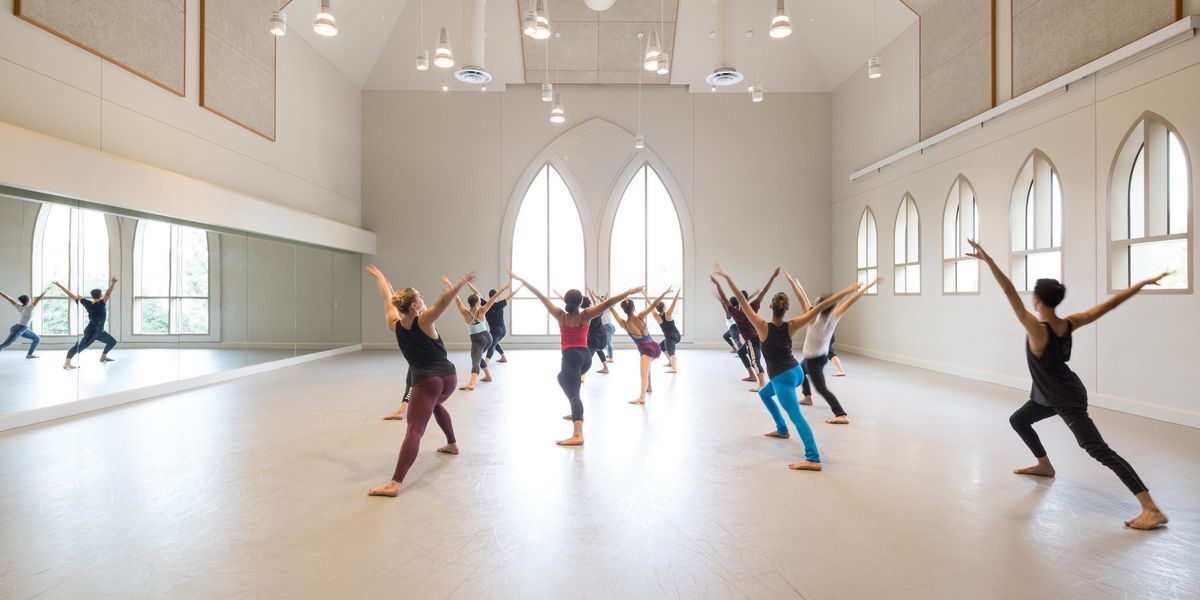10 Minutes With Donald Byrd
Though he’s best known for his highly physical and socially engaged contemporary choreography, Donald Byrd is no novice when it comes to musical theater. The Spectrum Dance Theater artistic director received a 2006 Tony nomination for his work on The Color Purple. Now, Byrd and his dancers have teamed up with the 5th Avenue Theatre in Seattle for a new production of Rodgers and Hammerstein’s iconic Carousel, running February 5–March 1. The show, which revolves around the ill-fated carousel barker Billy Bigelow, comes with a weighty choreographic pedigree: Agnes de Mille choreographed the 1945 original.
What cues have you taken from de Mille’s
Carousel?
I wanted to honor Agnes de Mille because she was the original author, so she’s quoted in all of the dances. If you know them, you’ll recognize them. The choreography is contemporary, but it’s also balletic, like the original. However, our sensibility of how dance numbers work in musicals is different than in the past. Theater used to have a great sense of building to a real climax—the classic kind of arc. I’ve tried to give it that old-fashioned sense of how a number builds, but also include the highly physical dancing that we’ve gotten used to in musicals.
Did you ever work directly with de Mille?
When I went to the Harvard summer dance school, she came to give a lecture. She watched a class and came up to me at the end and said, “Young man, you need to go to New York. And tell them I sent you.” So I did, actually.
What themes of
Carousel have you highlighted for the contemporary audience?
One of the things we’re talking about this season at Spectrum is virtue. The virtue of forgiveness and the notion of redemption fit right in with Carousel. Billy’s character reminds me of somebody who is ill-equipped to deal with his circumstances—the way he treats Julie, his wife. He hits her, and her justification is the same one that you hear for domestic violence now. Certainly people weren’t talking about these things then, in the setting of the musical and even in the period it was produced.
What are the challenges of sharing the work in a co-production?
You have to acknowledge the hierarchy in the theater. The director is the boss, so I answer to him, but all of us answer to the producer. It’s a different level of input. At Spectrum, I’m the final word.
What do you look for in your dancers?
I used to say I look for dancers who are fearless, but that’s not true. I don’t think that anybody is fearless. I look for people who can act in spite of their fear. And also I look for people I wouldn’t mind spending a day with, people I wouldn’t mind having dinner with.




